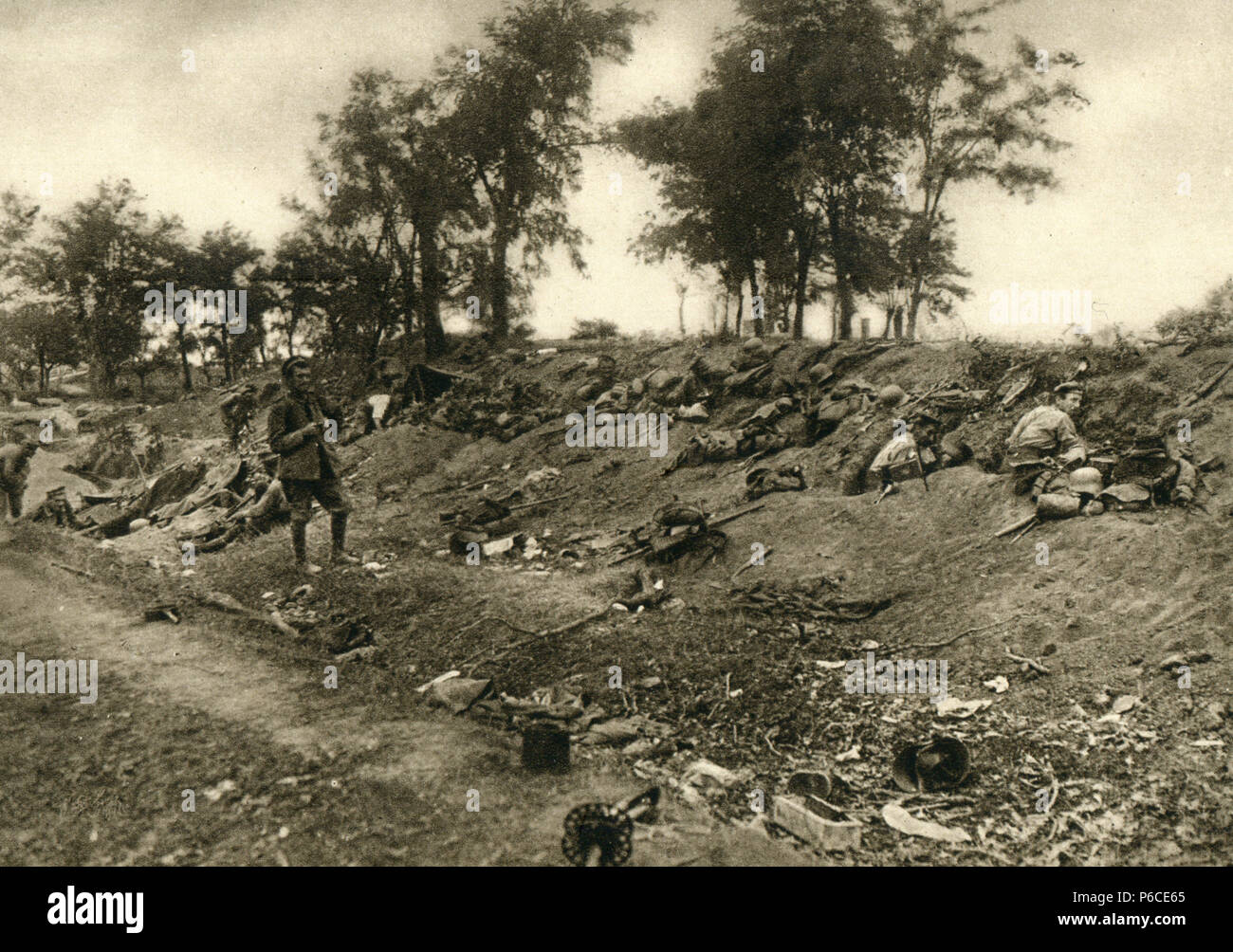

- Ww1 air combat maneuvers manual#
- Ww1 air combat maneuvers professional#
- Ww1 air combat maneuvers series#
Never turn your back and try to run away from an enemy fighter. Attack when the enemy least expects it or when he is preoccupied with other duties such as observation, photography, or bombing.ĥ. Do not fire the machine guns until the enemy is within range and you have him squarely within your sights.Ĥ. This puts the glare of the sun in the enemy's eyes and makes it difficult to see you and impossible for him to shoot with any accuracy.ģ. Try to place yourself between the sun and the enemy. Climb before and during the approach in order to surprise the enemy from above, and dive on him swiftly from the rear when the moment to attack is at hand.Ģ. Always try to secure an advantageous position before attacking. One version that varies somewhat from the above:ġ. Boelcke learned his aerial tactics flying one of these aircraft. The prototype example of the Fokker Eindecker line of fighters (s/n 216, military s/n A.16/15), the first fighter airplane design with a successfully synchronized machine gun.
Ww1 air combat maneuvers series#
When the fight breaks up into a series of single combats, take care that several do not go for the same opponent. For the Staffel (squadron): Attack on principle in groups of four or six. When over the enemy's lines never forget your own line of retreat.Ĩ. If your opponent dives on you, do not try to evade his onslaught, but fly to meet it.ħ.

In any form of attack it is essential to assail your enemy from behind.Ħ. Always keep your eye on your opponent, and never let yourself be deceived by ruses.ĥ. Fire only at close range, and only when your opponent is properly in your sights.Ĥ. Always carry through an attack when you have started it.ģ. Try to secure advantages before attacking. The Dicta Boelcke Īccording to Boelcke's first biographer, Professor Johannes von Werner, the eight dicta were written for Colonel Hermann von der Lieth-Thomsen. Spurred by the example of the Dicta, many of the world's military air forces would eventually develop their own tactical manuals, codified as tactics, techniques, and procedures. It was two years before the British and French followed suit in 1918. As part of his staff duties revamping the Fliegertruppe into the Luftstreitkräfte (Air Force) in early October 1916, Boelcke wrote the Dicta, which was then distributed throughout the Luftstreitkräfte as the world's first tactical manual. His reassignment was in line with the German military doctrine of Auftragstaktik, or order tactics: The belief that the junior officer on the battlefield best knows the tactics needed there. Īfter Immelmann's death, Boelcke was withdrawn from combat on 27 June 1916, while he was the war's leading ace, and assigned to Fliegertruppe (Flying Troops) headquarters. This was not unique a few other fliers in the war were sharing such combat tips with one another on a personal level. ĭuring early 1916, Boelcke wrote a brochure entitled "Experiences of Air Fighting", giving tips for attacking any one of three types of opposing aircraft.
Ww1 air combat maneuvers manual#
In mid-1916, Boelcke codified his tactics in the Dicta Boelcke, which was the world's first tactical manual for an air force. Boelcke tried to interest Immelmann in devising a tactical doctrine for fighters, to no avail. The French Aeronautique Militaire was concentrating its efforts on building up its bomber force. ĭuring this period of pioneering aerial warfare, the British Royal Flying Corps air effort could be summed up by "Attack everything".

Ww1 air combat maneuvers professional#
Based on his successful combat experiences, he used his training as a professional soldier and his powers as an analytic thinker to design tactics for the use of aircraft in battle. Often flying with Max Immelmann, Boelcke gained experience in the new realm of aerial combat as he discovered the utility of having a wingman, of massing fighter planes for increased fighting power, and of flying loose formations allowing individual pilots tactical independence. As he began to shoot down opposing French and British airplanes, he became one of the first German fighter aces. During mid-May 1915, he began to fly one of the original fighter aircraft equipped with a synchronized gun. Oswald Boelcke was one of the first effective warriors with an airplane as one of the original German pilots successful in air-to-air combat.


 0 kommentar(er)
0 kommentar(er)
